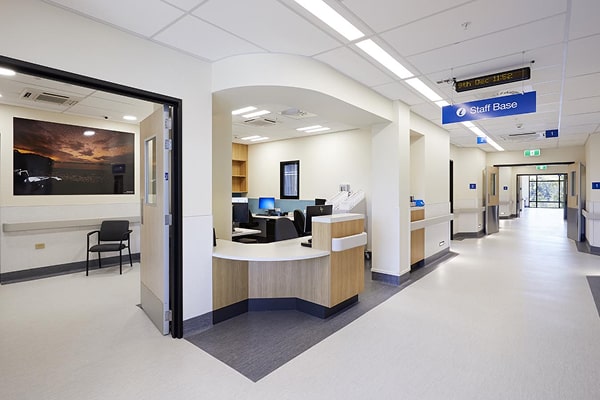Knee Osteotomy Surgery: A Specialized Treatment for Knee Realignment
Knee osteotomy is a specialized orthopedic procedure designed to correct knee joint abnormalities—particularly in cases involving knee osteoarthritis or structural misalignments. This surgery aims to realign the knee structure, reduce pressure on the joint, and restore normal functionality. It is especially recommended for younger, more active patients who wish to preserve their natural joint and delay or avoid total knee replacement.
cckaam provides cutting-edge medical care, offering knee osteotomy surgery through a team of top orthopedic surgeons and advanced medical technologies, serving both domestic and international patients.
Why Choose Knee Osteotomy?
Knee osteotomy is a corrective surgical procedure ideal for individuals with structural abnormalities or misalignments in the knee joint. The surgeon adjusts the angle of the tibia (shinbone) or femur (thighbone) to redistribute the mechanical load away from the damaged or worn section of the knee, ultimately relieving pain and improving joint function.
This procedure is typically recommended for conditions such as:
- Knee osteoarthritis, particularly when it affects only one compartment of the joint.
- Structural deformities like knock knees (valgus deformity) or bow legs (varus deformity).
- Chronic knee pain resulting from sports injuries or trauma that have not responded to conservative treatments.
How Is Knee Osteotomy Performed?
Knee osteotomy is a precision surgery involving small incisions through which the surgeon gains access to the bones. The surgeon then realigns the bone by carefully reshaping it—either removing or adding a wedge to alter the joint angle. Specialized plates, screws, or fixation devices are used to maintain the new alignment.
In some cases, minimally invasive techniques or laser-assisted methods may be employed for improved recovery and accuracy.
Key Benefits of Knee Osteotomy
- Significant Pain Relief
By redistributing joint pressure and correcting alignment, this procedure helps relieve pain associated with osteoarthritis and structural issues. - Joint Preservation
Unlike total knee replacement, osteotomy retains the natural joint structure—an ideal choice for patients seeking to maintain knee mobility. - Enhanced Functionality
With improved alignment, patients often experience greater comfort and improved ability to perform daily activities and sports. - Preferred for Younger Patients
This surgery is particularly suitable for younger individuals who are not yet candidates for total knee replacement and wish to extend the life of their joint. - Long-Lasting Results
Osteotomy can delay the need for joint replacement for many years, offering durable outcomes with proper care.
Stages of Knee Osteotomy Surgery
- Initial Consultation & Assessment
A detailed evaluation, including imaging (MRI, CT scan), helps determine the patient’s eligibility and develop a tailored surgical plan. - Preoperative Preparation
On the day of surgery, general anesthesia or local anesthesia is administered. The surgeon makes small incisions and begins the bone correction process. - Surgical Realignment
Using advanced techniques, the surgeon adjusts the femur or tibia to reduce abnormal pressure. Fixation devices are used to stabilize the bone. - Postoperative Care
Pain management with anti-inflammatory and analgesic medications is provided. Early-phase physiotherapy is crucial to facilitate healing and restore mobility. - Rehabilitation & Return to Daily Activities
Light activities can usually resume within a few weeks, but full recovery—including return to sports or heavy labor—generally takes 6 to 12 months.
Recovery Timeline
The average recovery period ranges from 6 to 12 months. Patients are advised to follow a structured rehabilitation plan that includes physical therapy, medication, and avoidance of stress on the knee. While many can resume normal tasks within weeks, high-impact activities require more time.
Potential Risks & Complications
As with any surgical procedure, knee osteotomy carries potential risks, including:
- Postoperative infections
- Delayed or incomplete bone healing
- Chronic pain or swelling
- Injury to surrounding structures such as ligaments or cartilage
These risks can be minimized by choosing a qualified orthopedic surgeon and following postoperative care instructions diligently.
Conclusion
Knee osteotomy is a highly effective surgical solution for structural knee problems, offering substantial pain relief and improved quality of life. It is an excellent choice for patients seeking to preserve their natural joint and delay knee replacement surgery.
At cckaam, we are proud to partner with leading surgeons and medical centers across Iran to provide specialized orthopedic care and personalized postoperative support to both local and international patients. If you’re seeking a trusted path to overcoming knee issues, the cckaam team is ready to guide you every step of the way.



















